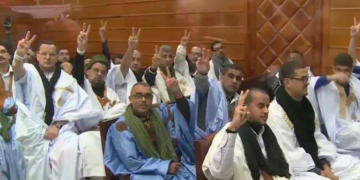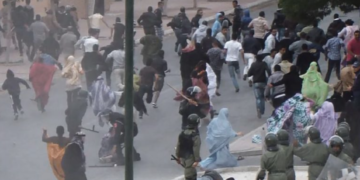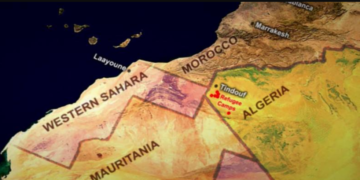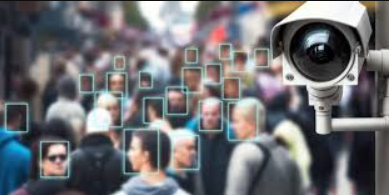In a significant escalation of security measures in the Saharan regions, reports indicate that Morocco’s Ministry of Interior has begun implementing advanced surveillance systems that use eye-scanning technology to track individuals, particularly activists and Sahrawi protesters. Initially rolled out in Laayoune, this system is expected to expand across the Saharan territories, excluding other Moroccan cities. This approach highlights an intensified focus on controlling dissent in these regions.
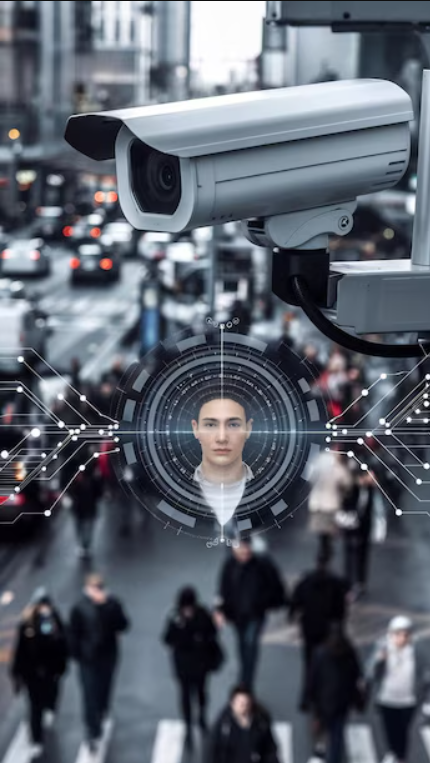
Advanced Technology with Regional Exclusivity
This surveillance initiative represents a new era of monitoring, leveraging smart cameras equipped with biometric eye-scanning capabilities. Notably, this system has been deployed exclusively in Saharan cities, avoiding implementation in other Moroccan urban centers. Such a decision underscores an explicit effort to tighten security in these contested areas and monitor movements related to human rights and self-determination activities.
Political and Security Implications
- Restricting Sahrawi Activism:
This step appears to align with broader strategies to suppress peaceful protests and activism in the Sahara. Authorities aim to establish tighter control over public spaces and gatherings. - Human Rights Concerns:
The deployment of eye-scanning surveillance raises serious ethical and legal questions, particularly regarding privacy infringement. These measures starkly contrast with international standards protecting personal freedoms and human rights. - Selective Targeting:
The decision to exempt Moroccan cities from this system reveals geographic and demographic selectivity, imposing disproportionate scrutiny on Sahrawis compared to other citizens.
Impact on the Sahrawi Struggle
The intensified monitoring could lead to:
- Suppression through Fear:
The presence of such invasive surveillance might discourage activism, stifling political participation. - Increased Global Scrutiny:
Paradoxically, this escalation could amplify international awareness of the Sahrawi cause, highlighting the region’s unique challenges.
Conclusion
The Moroccan government’s deployment of eye-scanning surveillance in Saharan regions signifies a heightened focus on controlling dissent and monitoring activists. While the technology promises advanced security, its selective application raises profound concerns about privacy violations and targeted oppression. In this context, it becomes crucial for both local and international actors to advocate for the protection of Sahrawi rights and freedoms.


